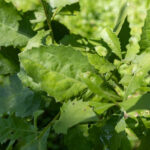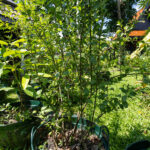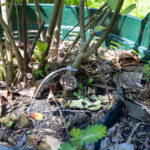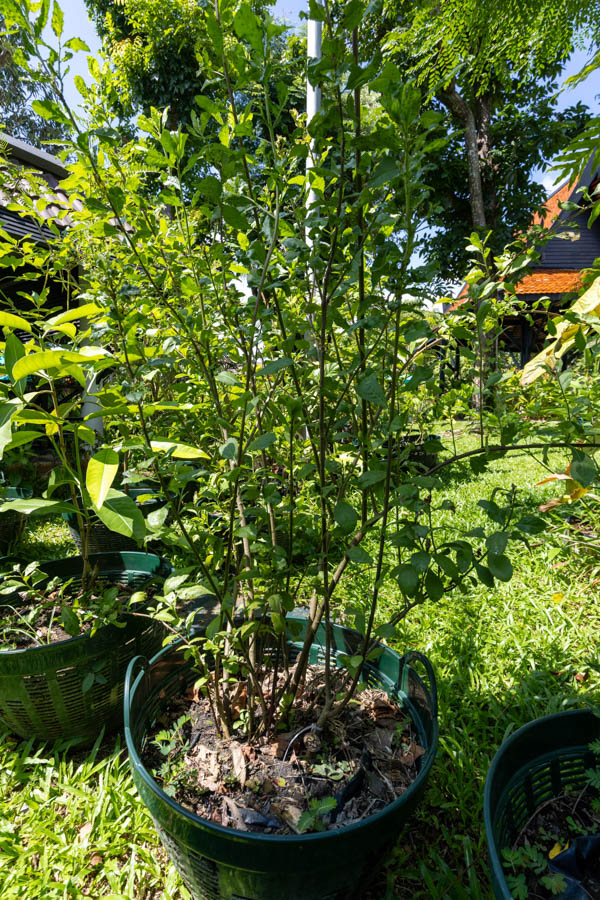ผักขม (Phak Khom) / Bitter Leaf
Family: Asteraceae
Gymnanthemum amygdalinum, known as ผักขม or “Bitter Leaf,” is a hardy shrub native to tropical Africa and cultivated in parts of Thailand as both food and medicine. Its distinctive bitterness is highly valued in traditional medicine for cleansing the blood and supporting liver health.
Botanical Characteristics
The plant typically grows 1–3 meters tall with woody stems and dark green, serrated leaves. The leaves exude a characteristic bitterness when chewed or crushed. Small clusters of white flowers appear at the stem tips during the blooming season.
Use in Thai Traditional Medicine
ผักขม is traditionally used to stimulate digestion, reduce fever, and purify the blood. Its bitter compounds are believed to balance internal heat and expel toxins. Decoctions are taken for liver protection, malaria, and fatigue caused by excessive heat or alcohol consumption.
Medicinal Compounds
The plant contains flavonoids, saponins, and vernodalin—bioactive compounds known for their anti-inflammatory, antioxidant, and antimicrobial effects. Studies indicate potential benefits for regulating blood sugar and cholesterol levels.
Culinary Uses
Despite its bitterness, the young leaves are occasionally used in soups or boiled with other vegetables to reduce the intensity of flavor. In traditional households, it is often consumed as a seasonal tonic to refresh the body after illness or during transitions between seasons.
Cultivation Notes
Gymnanthemum amygdalinum grows best in full sun and moist, well-drained soil. It is drought-tolerant and thrives in tropical climates. Regular pruning encourages leafy growth and helps maintain its shape as a productive medicinal shrub.
Disclaimer: This information is provided for educational and historical purposes only. It is not intended as medical advice. Always consult a qualified healthcare professional before using any herbal preparation.




